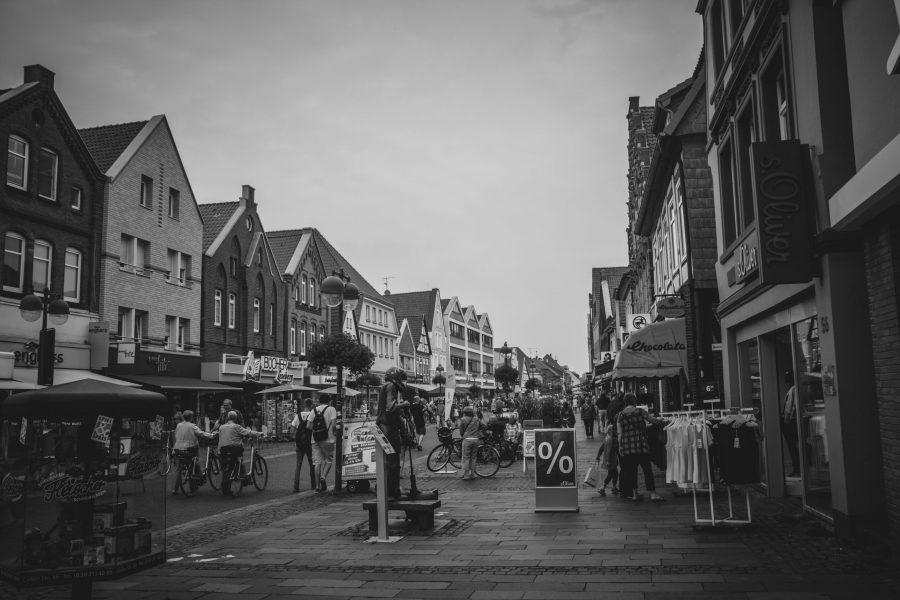My World: June 2021…
This is part of a series of articles where our contributors describe how they think things will look a year from now.
Property values will recover faster than expected, but not across the board
This time next year, I will be a much improved version of my current self. Times like these are a great opportunity for reflection, creativity and change. By June 2021 I will have developed new skills, reconnected with my children and will be the fittest I have ever been.
Reading endless inspirational quotes on LinkedIn, I may even start to believe that. But in reality, none of this is very likely.
My extra 30 minutes a day of Duolingo will not see me fluent in German. So perhaps no Damascene moment, but that doesn’t mean that everything in life will go back to how it was before. And it certainly doesn’t mean my work will be dull. For real estate investors, a turn in the cycle is an exciting time. Market dislocation, differences of opinion – some of the best (and worst) deals will be made.
What will the real estate market look like in a year? One thing I’m sure of is that it will not have been immune to this crisis. While we entered it in good shape, the sector is already seeing lower levels of rent collection. As jobs are lost and businesses fail, vacancies will rise and rents will fall. Given this backdrop, property values will have fallen across the globe. However, we don’t expect the fall to be as far or for as long as the financial crisis. Indeed, if this time next year the virus is under control, we may already be seeing the return of prime capital value growth.
Not all real estate will have performed alike. Defensive strategies are likely to have outperformed the wider real estate market. Long incomes, strong tenants, core locations and low leverage should all have helped support performance. Indeed, those core funds that went in search of yield, ignoring warnings of style drift, will probably have been shown to be lacking.
By June 2021, I expect we’ll be in the early stage of economic recovery. All recessions are different, but one thing is for sure: they never go on forever. And while we shouldn’t underestimate the severity of this downturn, history suggests event-driven recessions tend to have less of a lasting impact than financial crises. Even now we should be preparing for life after the crisis. Pricing adjustments should create cyclical opportunities well before June 2021.
While travel restrictions, social distancing and periodic epidemiological concerns may still disrupt day-to-day life, we shouldn’t underestimate our ability to adapt.
Ahead of this crisis, DWS was negative on the outlook for much of the retail sector, and this is unlikely to have changed in a year. Offices may suffer steep falls in value and reduced occupier demand over the longer term, but should offer attractive opportunities during recovery. And, as mentioned, logistics and residential look well placed, more resilient to the downturn and well positioned to gain from accelerating structural drivers.
These long-term structural drivers are extremely important, and in many cases we expect this crisis to act as a catalyst for change. We should keep this closely in mind when evaluating future portfolio strategy. However, it’s also important that we don’t slip into hyperbole. Not all work will be remote, the high street will not die, and one day we will go on holiday again. The world is changing at a faster pace than usual, but much of life will in time return to normal – although perhaps my German will be slightly better.
My predictions for June 2021:
UK in recession: No
Sterling vs US dollar: Higher
Sterling vs euro: Same
UK base rate: Lower than 1%
UK RPI: Higher than 2%
Halifax UK house price index: Lower
US president: Prepare for both
UK/EU trade deal: Progressing
UK/US trade deal: No
When this is all over, I will cut off my new beard… maybe.








